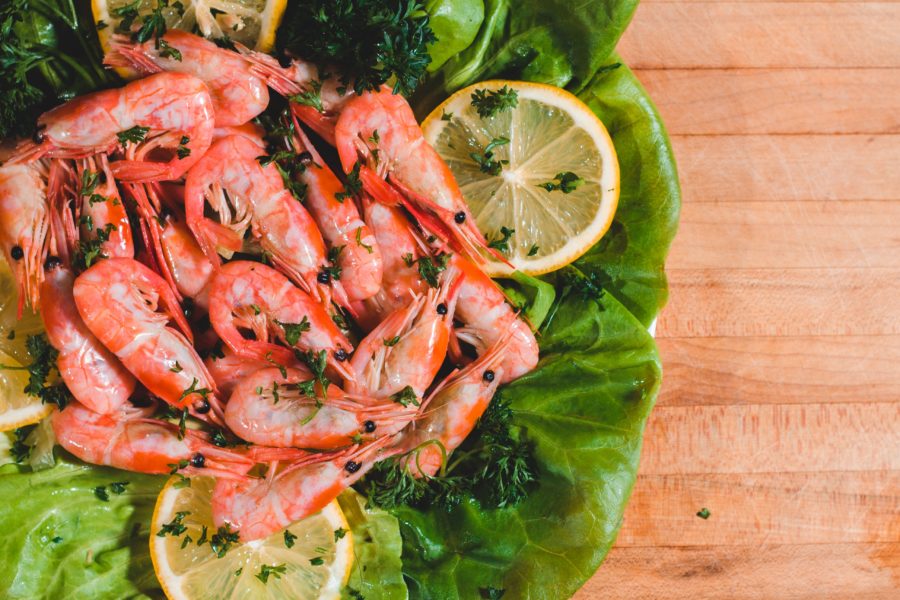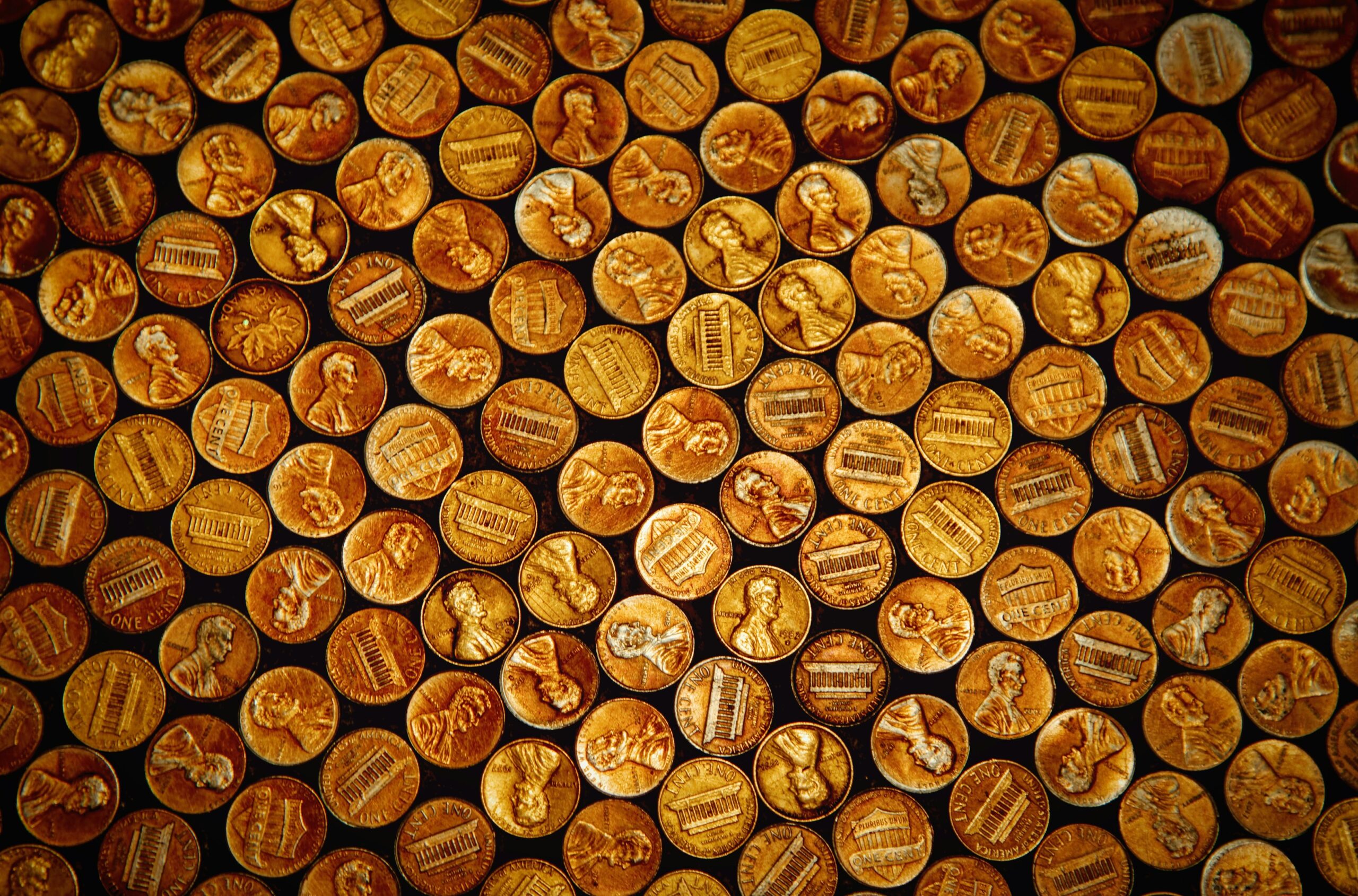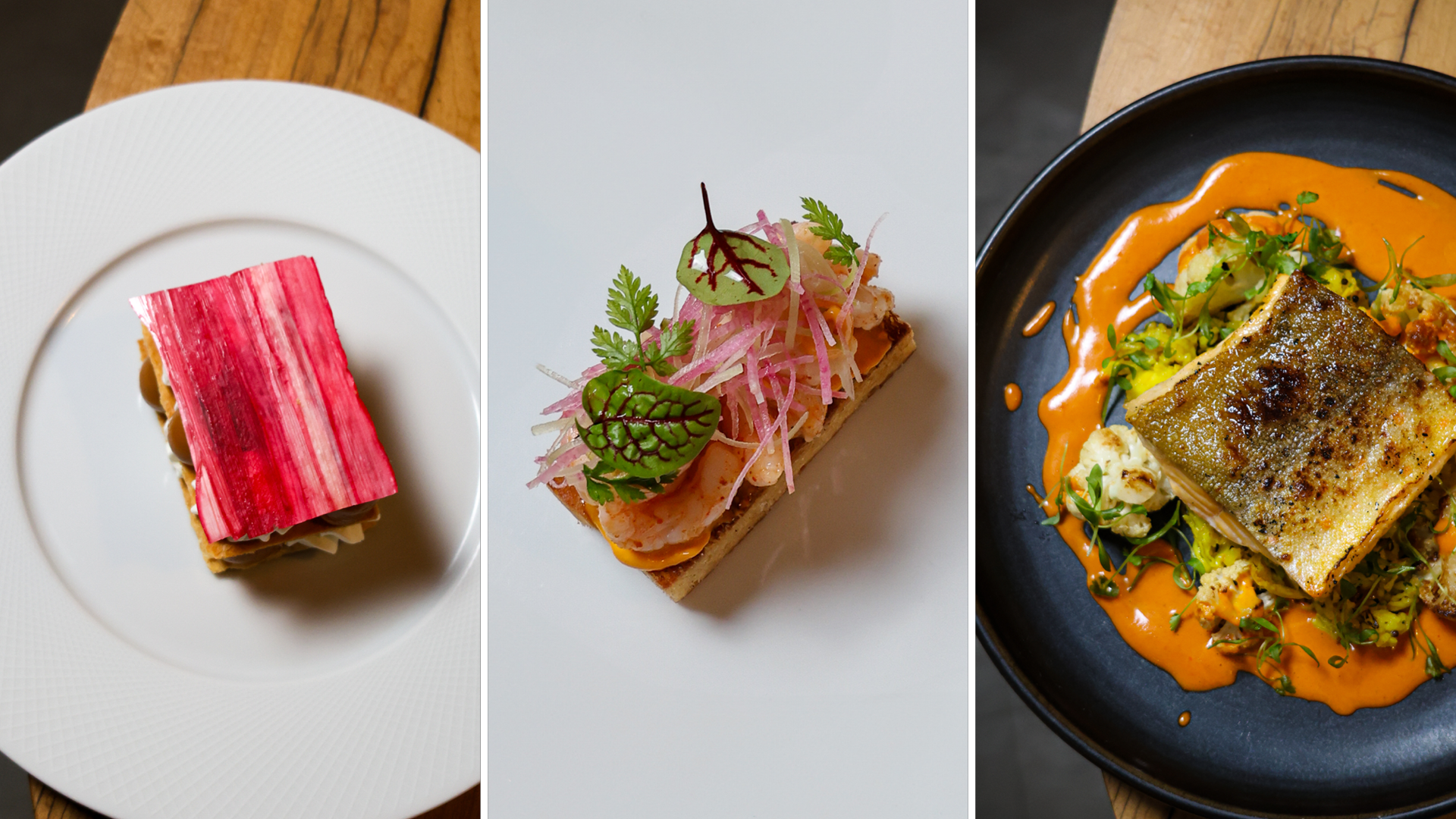Seafood mislabeling is rampant throughout the industry, accounting for as much as 55% of product sold in some countries with little regulatory framework in place to prevent the practices, an analysis by The Guardian indicated.
Mislabeling ranges from misidentifying the species of fish sold to cheating on weight, either by exaggerating the amount of fish actually packaged or adding ice to increase weight. The mislabeling is exacerbated by the way supply chains work: The catch is transported from fishing boats to transshipment vessels for processing where it’s easy – and profitable – to fiddle with the provenance.
Dane Chauvel, co-founder of Organic Ocean Seafood in Vancouver, Canada, told The Food Institute that though he could not put a dollar figure on the problem, it is significant.
“It has a huge economic impact,” he said. “When you remove the morphological characteristics of the fish, if they don’t have skin or fins or tails, even the professionals can’t tell them apart.” And it’s always cheaper species that are substituted for more expensive varieties.
A GLOBAL ISSUE
The problem is global, The Guardian reported in its analysis of 44 studies conducted in 30 countries among restaurants, fishmongers and supermarkets, mislabeling averaged 36% among the 9,000 products examined.
The greatest discrepancies were found in the U.K. and Canada where the rate was as high as 55%, followed by the U.S. at 38%.
A 2018 European Union study found 70% of purported snapper sold in the U.K. actually was a different species – in fact, it varied among 38 species, some of which were considered endangered.
FACTORS AT PLAY
A study last year by Rashid Sumaila, a fisheries economist at the Institute for the Oceans and Fisheries at the University of British Columbia, indicated 8 million to 14 million tons of fish are caught illegally each year, often by foreign-flagged distant fleets and then processed on transshipment vessels where the mislabeling occurs.
“People can make a lot of money doing this,” Sumaila told The Guardian. He concluded the practice costs the industry $26 billion to $50 billion annually.
POSSIBLE SOLUTIONS
Chauvel said ultimately government regulation is likely to play a role. In the interim, some companies have turned to blockchain while Oceana has adopted DNA tissue sampling, working with scientists at the University of Guelph, to make sure its products are what they’re supposed to be.
“Every now and again they will find a mislabeled product because one species looks so much like another. In those cases, we own it. You don’t have to DNA sample everything, but you have to do it on an unscheduled basis. DNA identification has high value,” Chauvel said.
REASONS FOR OPTIMISM
On a brighter note, a just released one-year study by the Canadian Food Inspection Agency found 92% of fish samples tested were labeled properly. The samples were taken between April 1, 2019, and March 31, 2020, and involved butterfish, cod, halibut, kingfish, sea bass, snapper (red and other), sole, tuna and yellowtail.
The Canadian government has allocated $24.4 million through 2024 to tackle food fraud to protect consumers from deception and companies from unfair market competition.











